Popular on Food52
14 Comments
Arrxx
March 22, 2015
It would be very helpful to SHOW the apple cutting technique."place your apple on its side with the core facing your dominant (knife-wielding) hand. Hold the knife at the same angle as the apple side and cut the core out by slicing down in one smooth motion." Hmmm. A picture is worth a 1,000 words.
Sophie L.
January 15, 2015
I made this version with a 11" iron skillet and 6 apples.I cheated a bit...I used commercial flaky dough
Turned out beautifully and very good.But we took notes!
-CUT the cinnamon to a pinch (I wondered why that ingredient was there...not very French :-/ )
-use radiant oven setting instead of convection (takes out the burnt caramel taste)
-continue using my bigger skillet and the food52 method to cut apples :-)
Turned out beautifully and very good.But we took notes!
-CUT the cinnamon to a pinch (I wondered why that ingredient was there...not very French :-/ )
-use radiant oven setting instead of convection (takes out the burnt caramel taste)
-continue using my bigger skillet and the food52 method to cut apples :-)
sweetE
October 11, 2014
How do you keep any leftovers (if that should somehow happen) from turning black? I made an apple crisp in my cast iron skillet and the next day it looked revolting! I thought the first time I did it was a fluke, but the second time it happened, I realized I was the common denominator in this mess. Any clues or help so I could try this recipe?
rbsoccermom
October 10, 2014
I could make this with pears, couldn't I? I received a lot of Bosc pears in my farm box this week. Might they be too grainy for this?
Kartoffellöffel
October 10, 2014
I've used pears many times. They work equally well and are delicious. Pears do contain more water though, so you may have to finish the tarte on top of the stove to evaporate some excess liquid and thicken the caramel.
Kartoffellöffel
October 10, 2014
I'm surprised at the addition of cinnamon in this recipe, which is not a flavor that I associate with this classic French dessert. I'm especially surprised that the measurement called for is a whole tablespoon of cinnamon. Can that be right?
Erin J.
October 10, 2014
Cinnamon isn't traditional, but I love adding it to vanilla sugar to make this tarte tatin-makes the house smell amazing and fall-like. You can absolutely leave them out if you want to go the more traditional route!
HalfPint
October 10, 2014
I make my tarte tatin by melting 1/2 or so of butter into a cast iron skillet, adding enough sugar to cover the bottom of the skillet, laying apples on top, and cooking until the apples softened and caramelized on the bottom. Then I put either a prepared pie crust or puff pastry on top and bake at 450 until the crust was golden and cooked. No recipe. I learned it by watching David Lebovitz's short video in which he did just that. So incredibly simple and each time I make it, it's just amazingly good.
Erin J.
October 10, 2014
Sounds incredible! You're right-tarte tatin is one of those magical, no recipe needed wonders!!!
dymnyno
October 10, 2014
I love making tarte tatin! My version on Food52 includes a delicious butter crust and a filling that has a few tasty extras such as rum soaked currants and toasted walnuts. I love to use Gravensteins, but your favorite apple will be just as delicious.
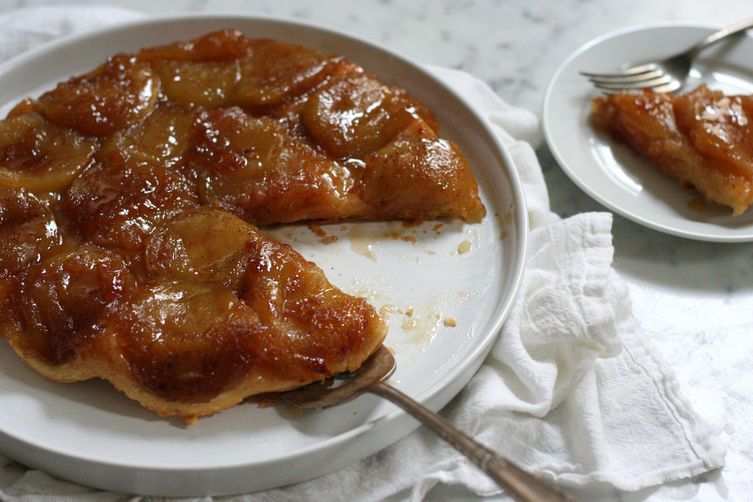
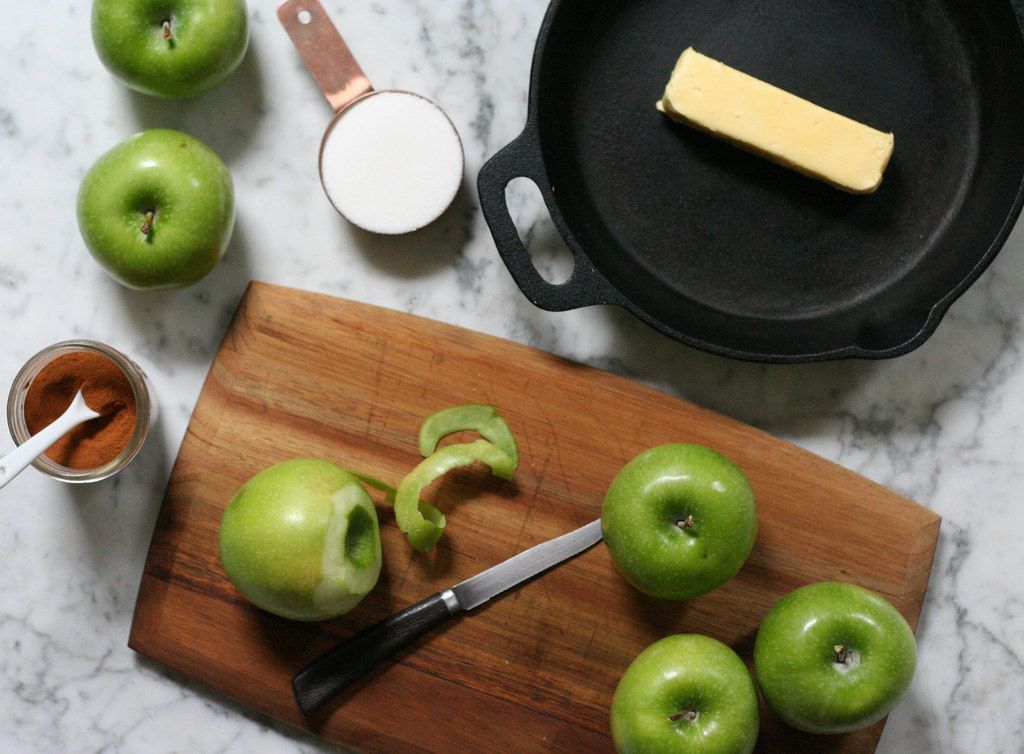
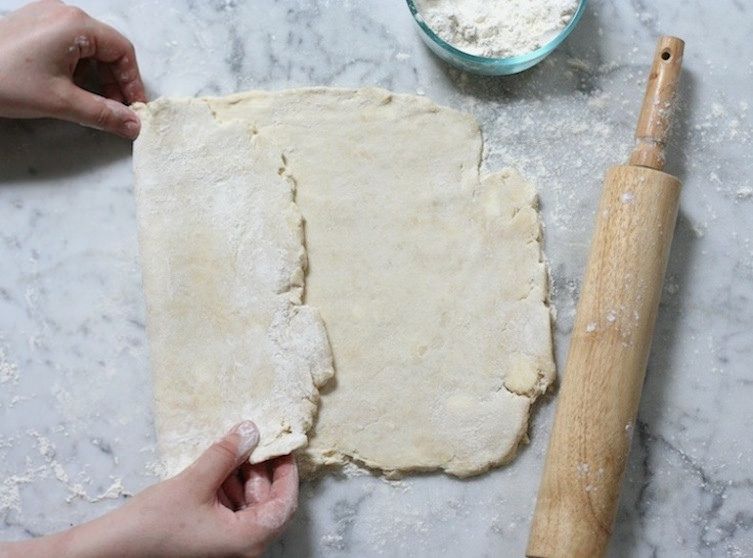
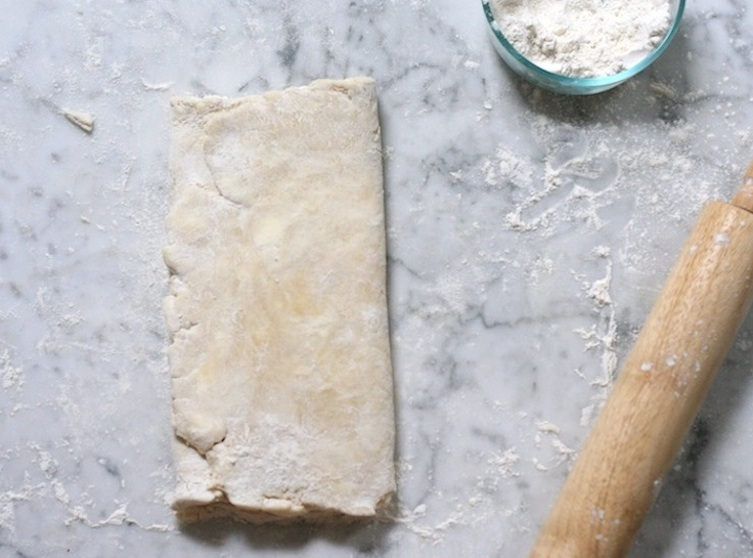

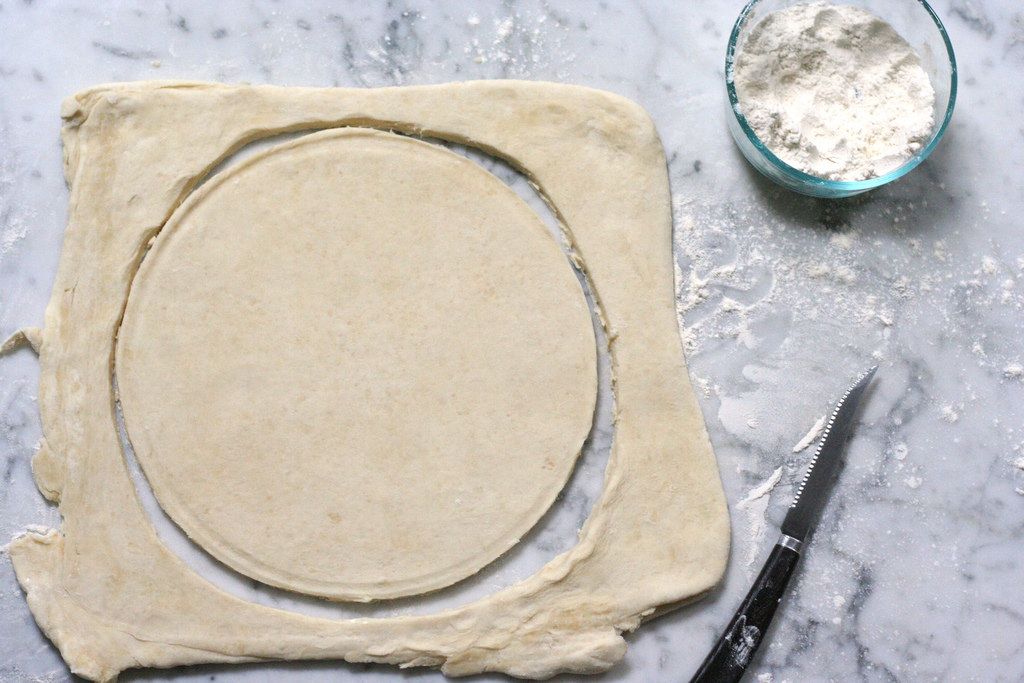
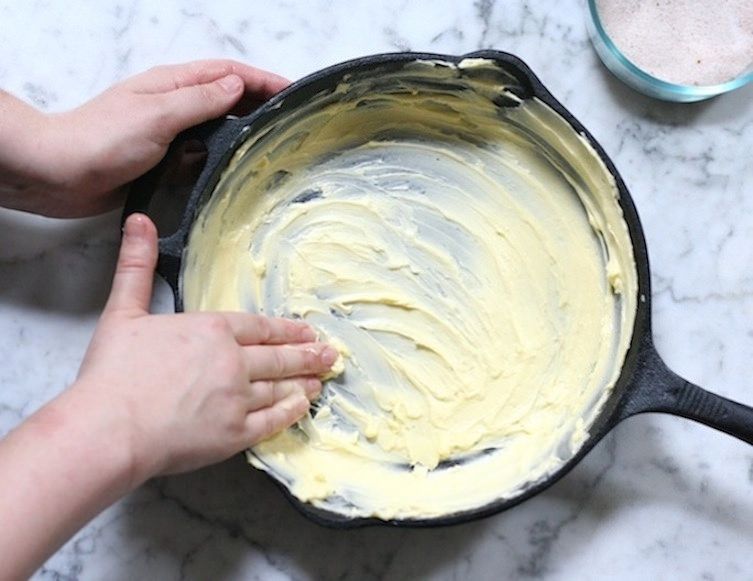

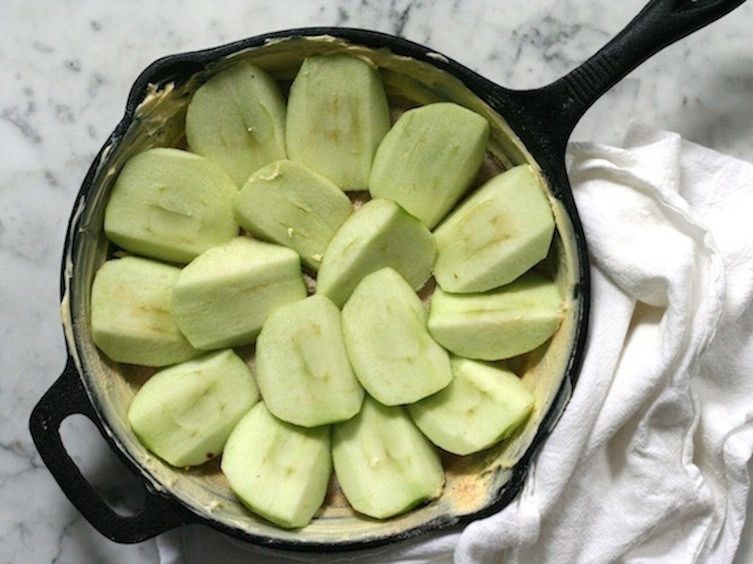
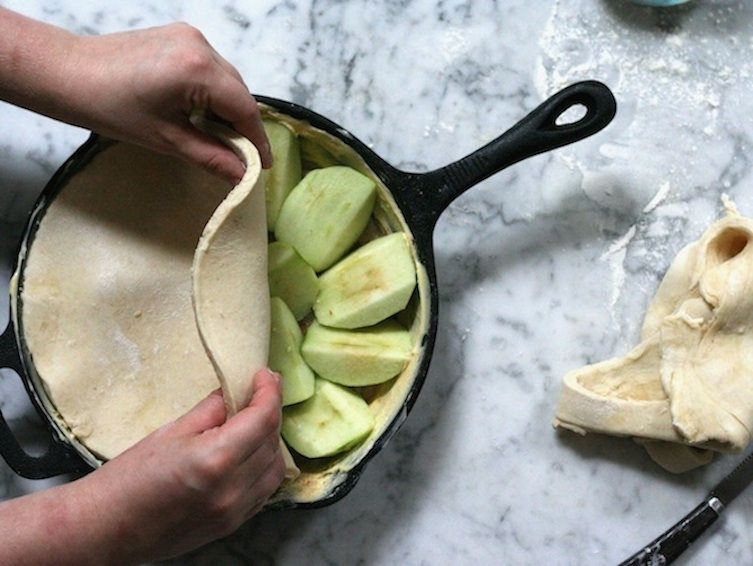
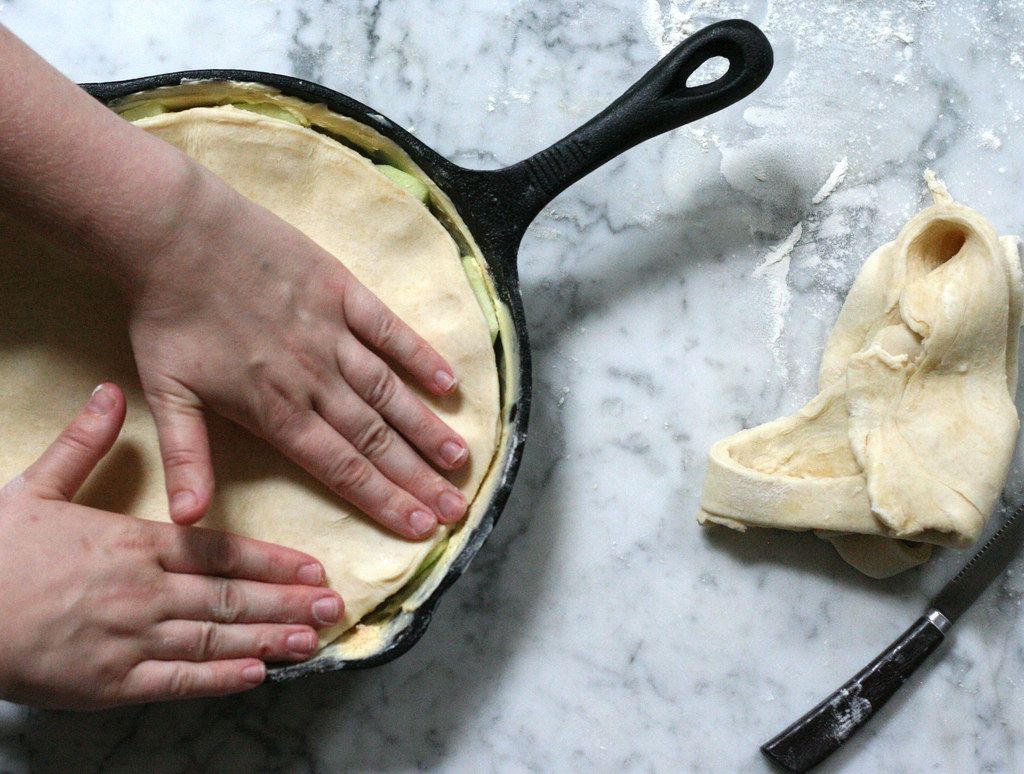
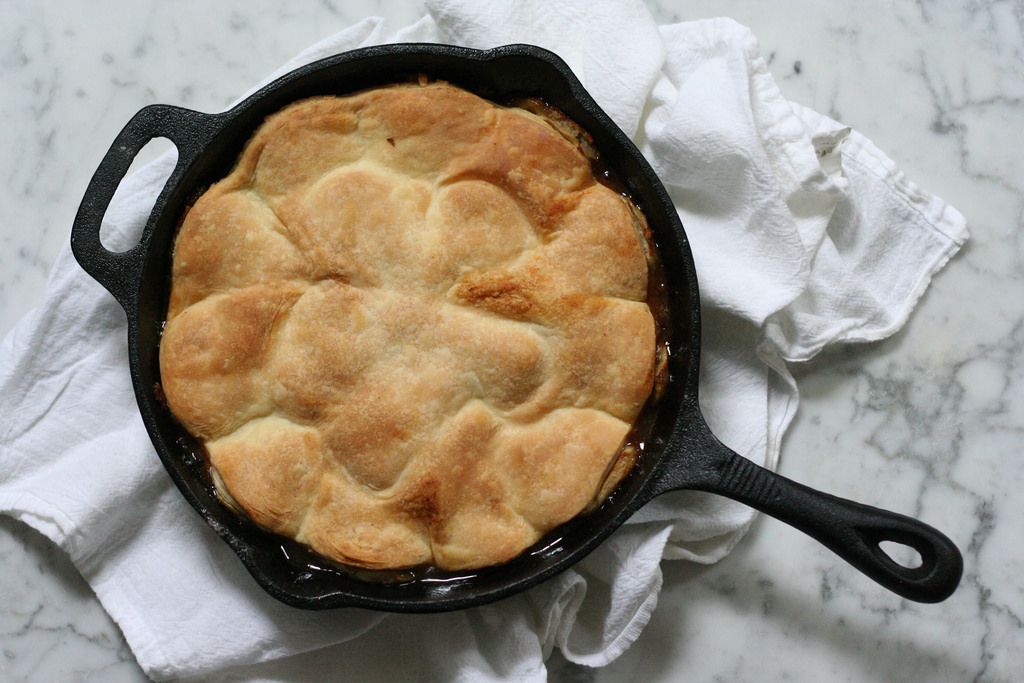
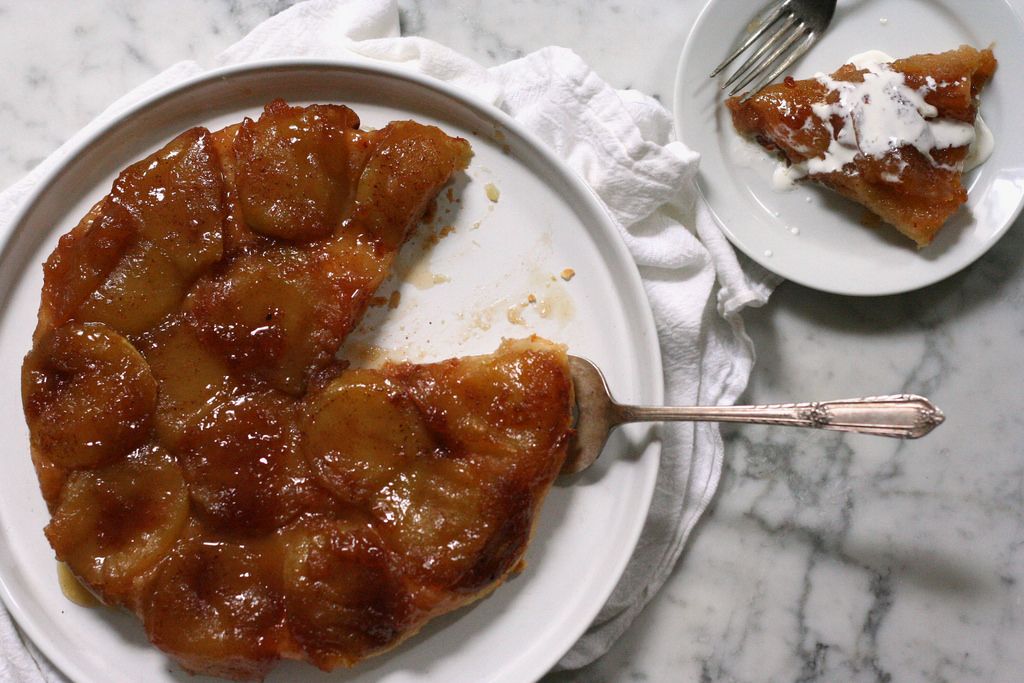

See what other Food52 readers are saying.